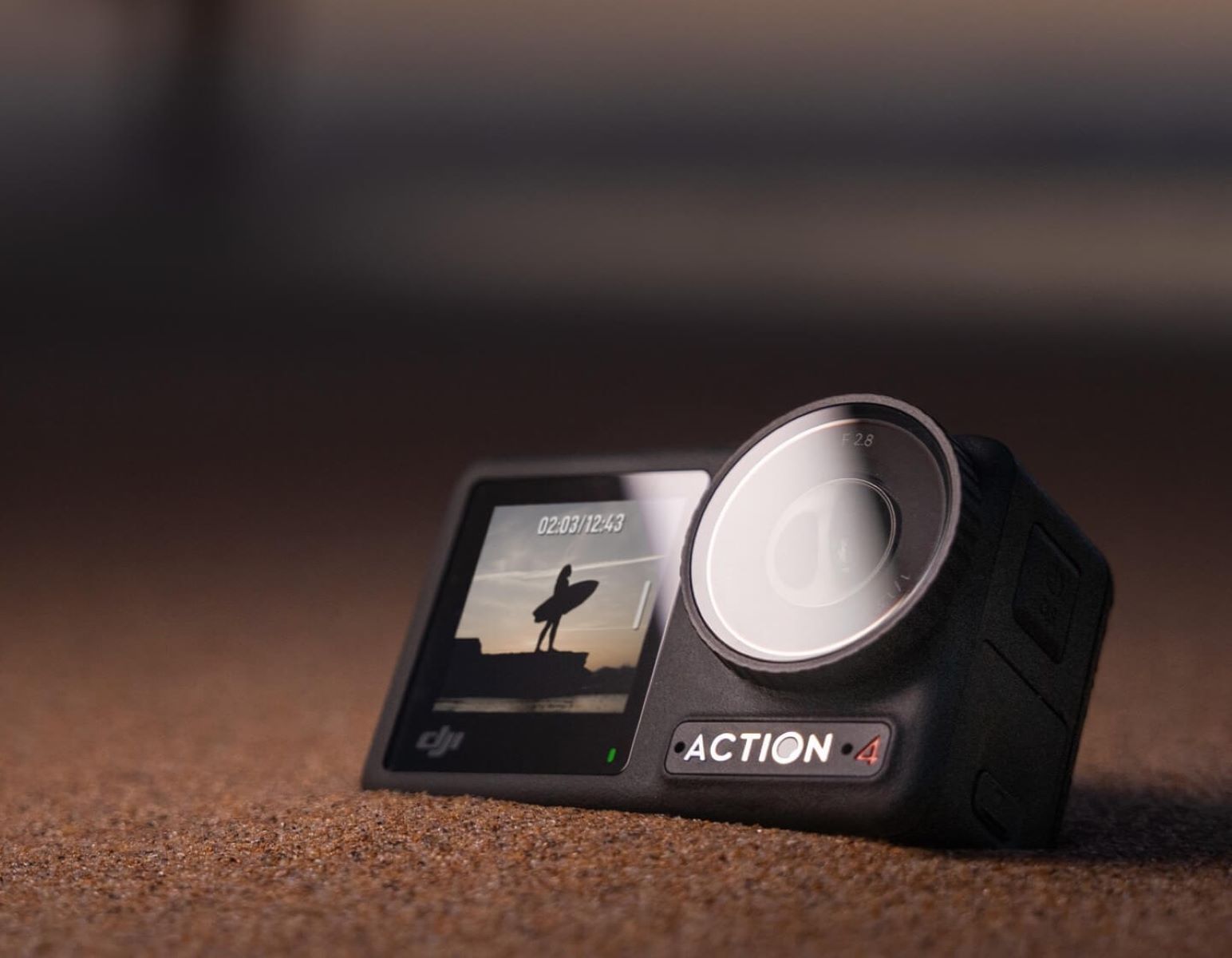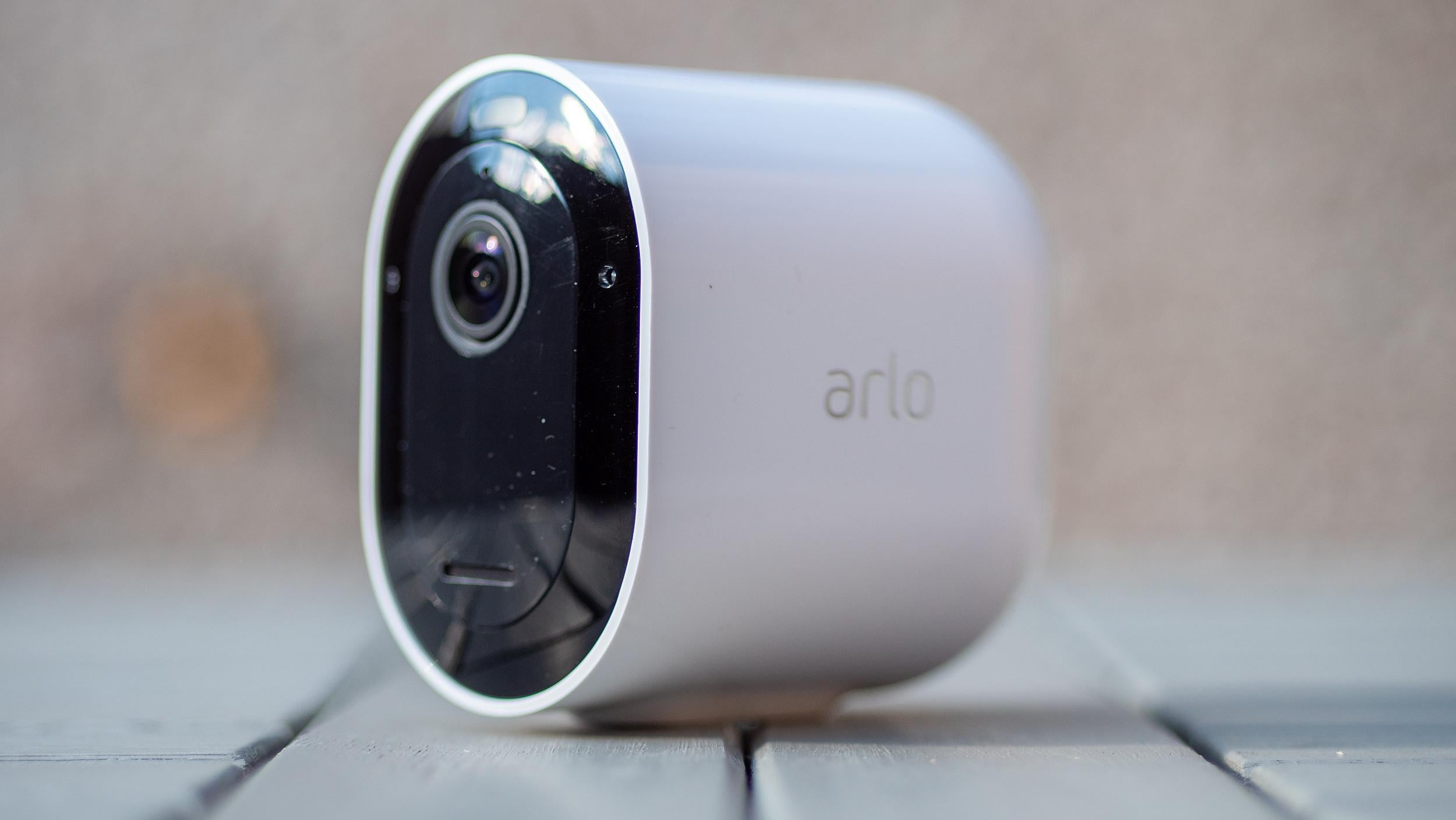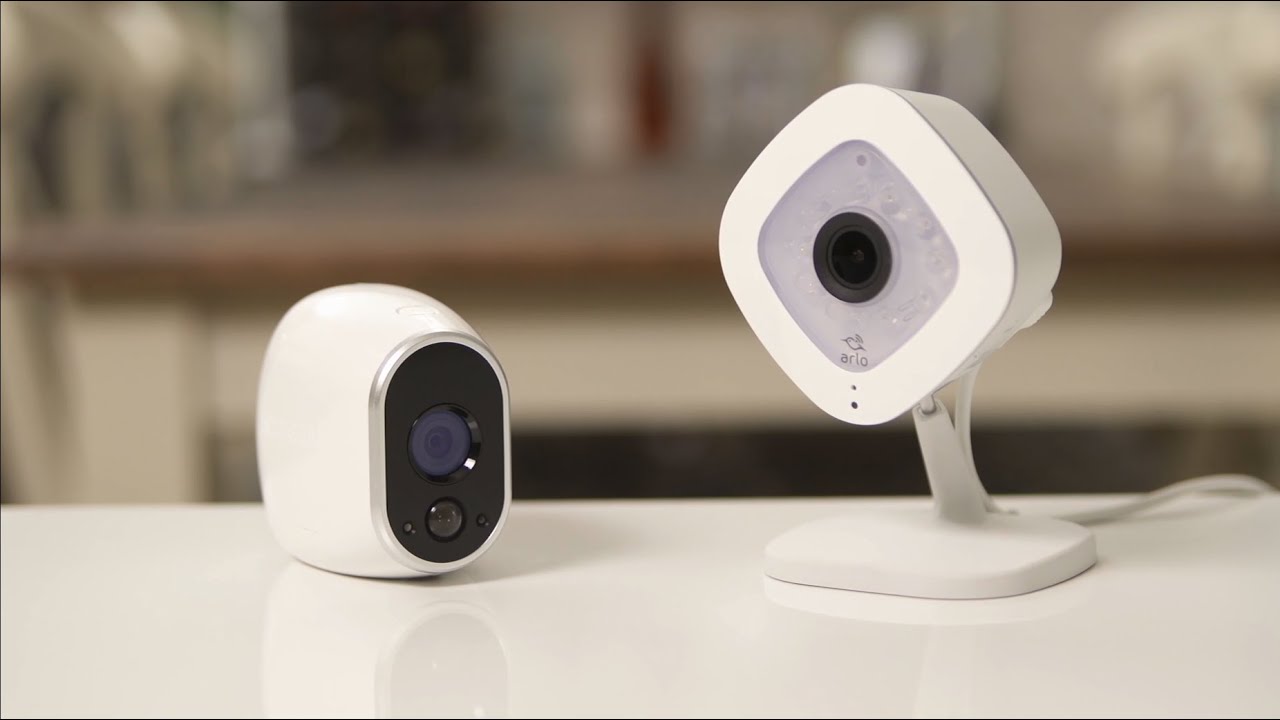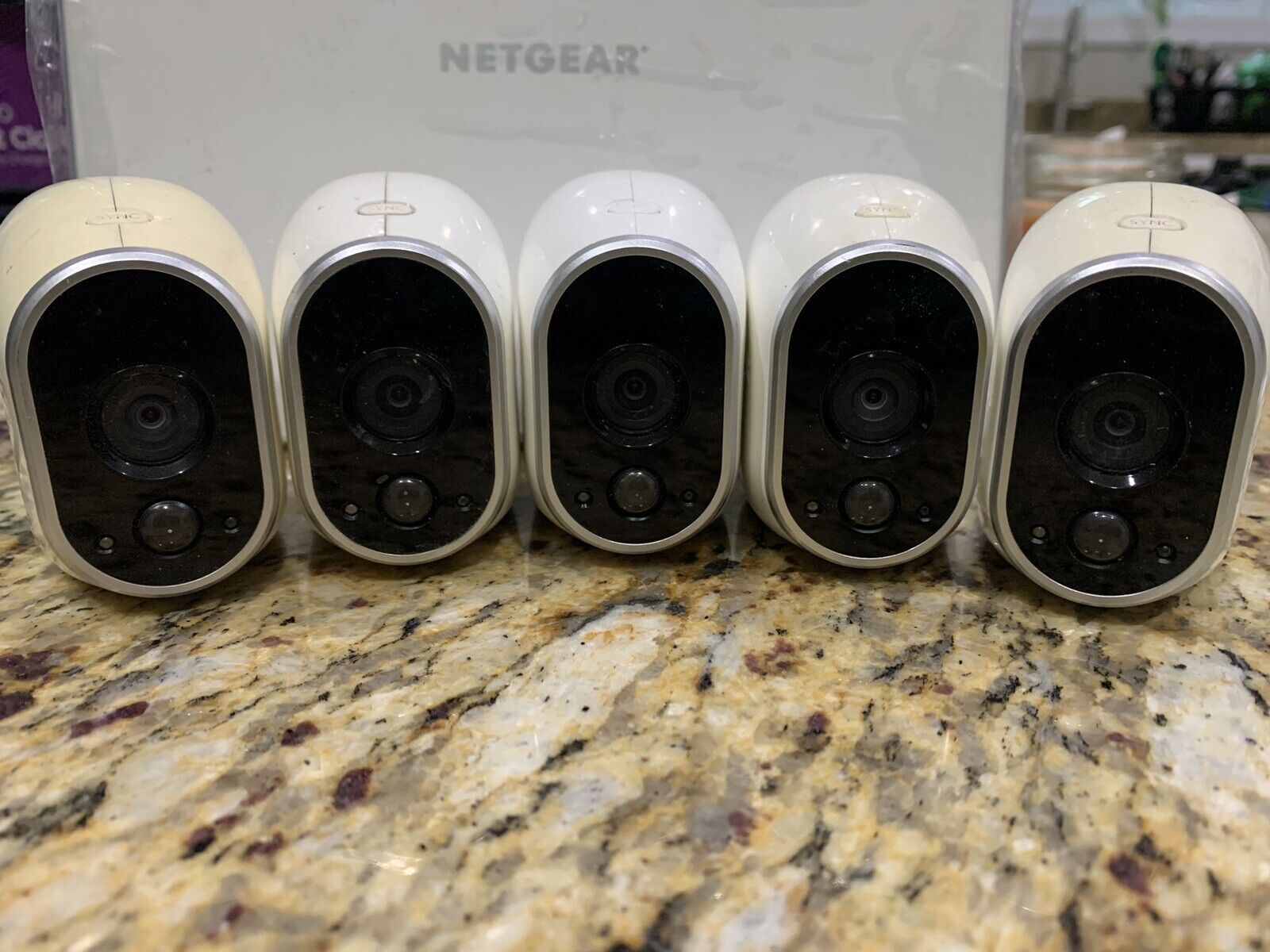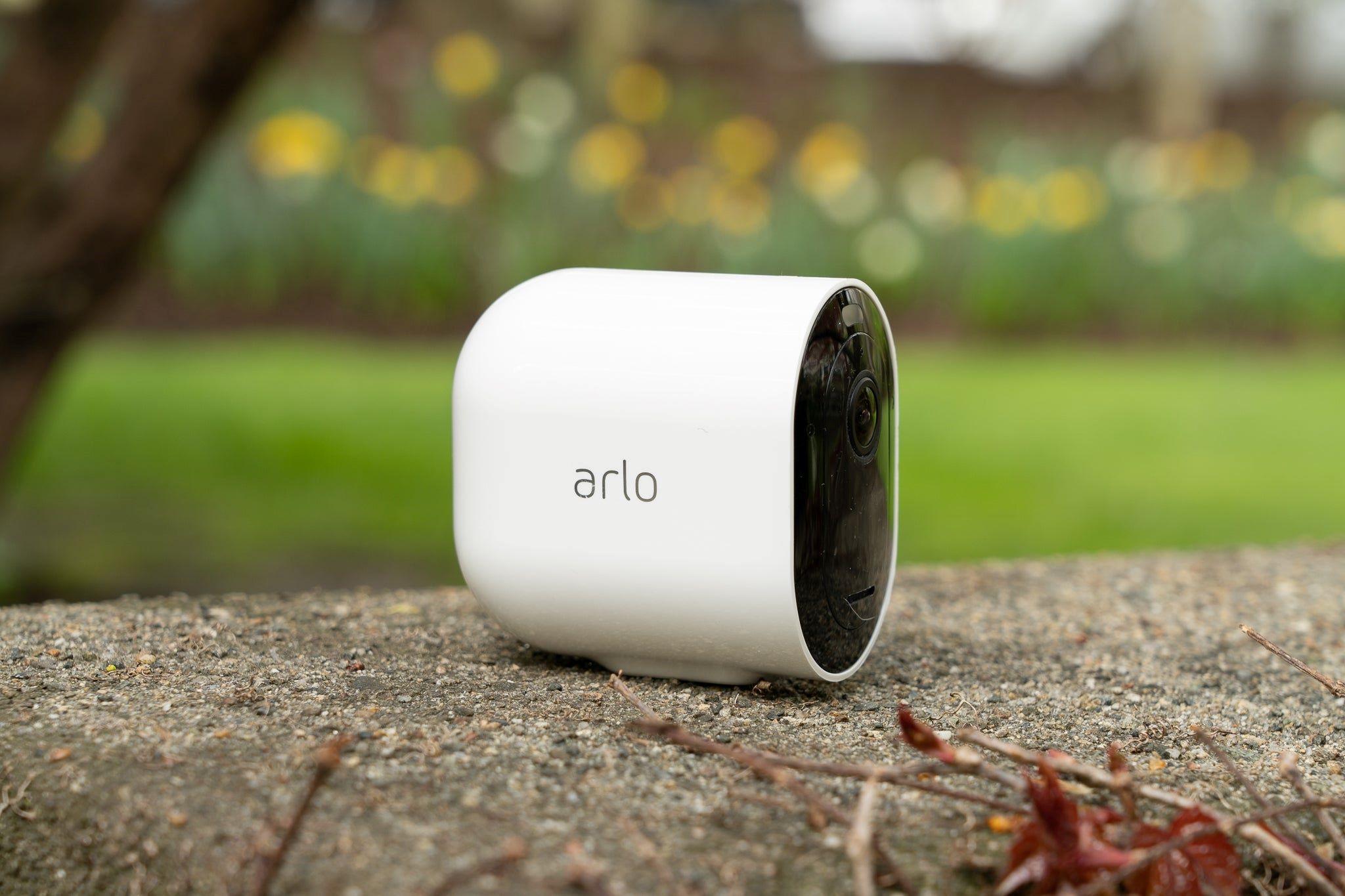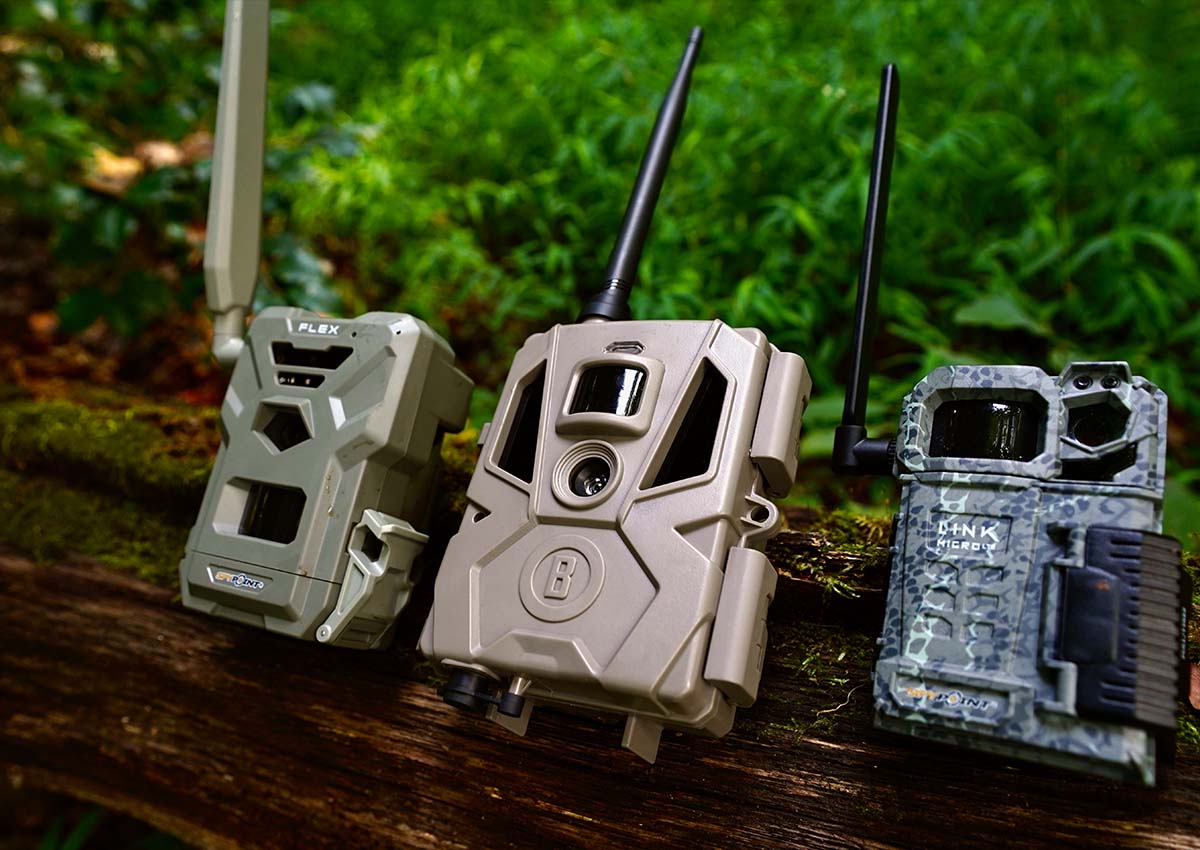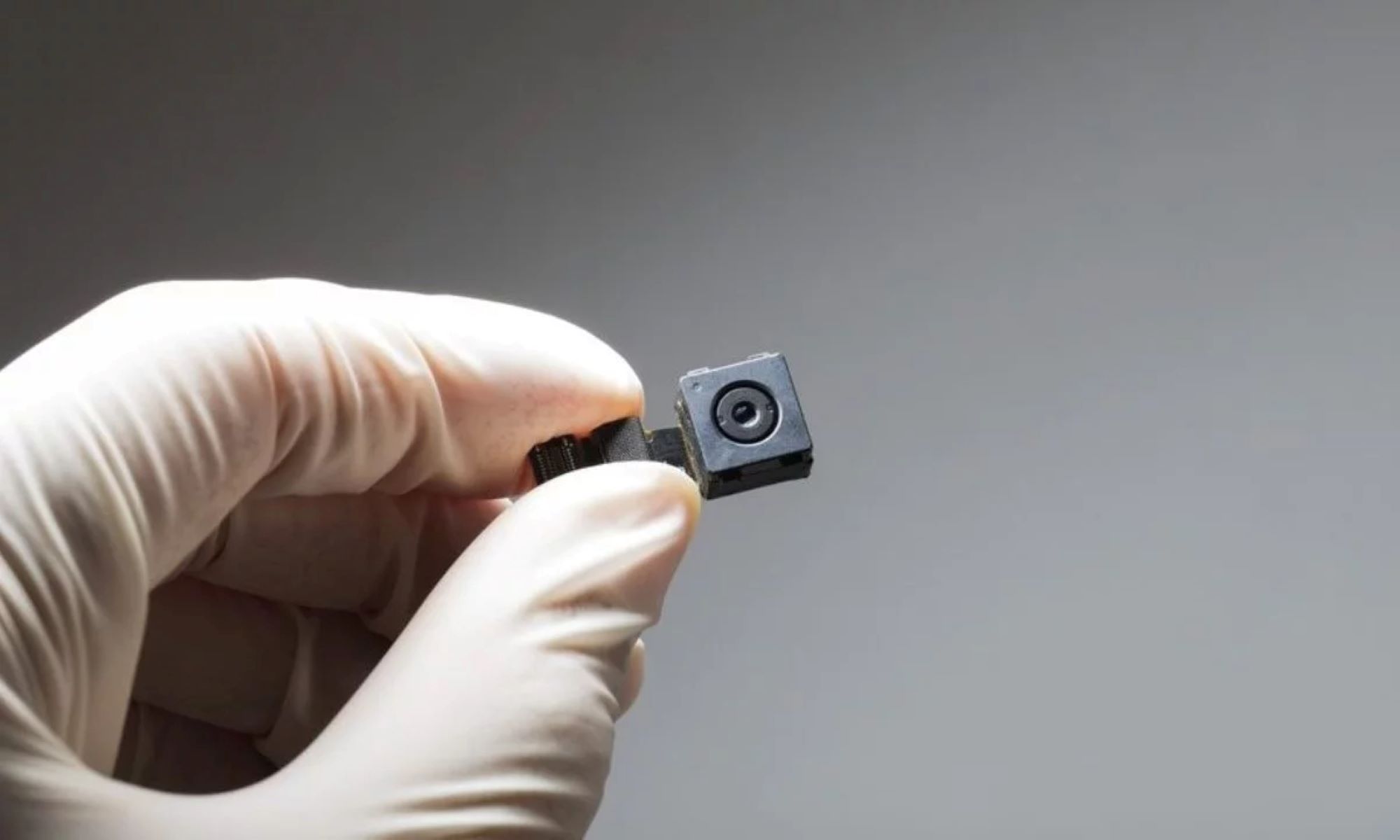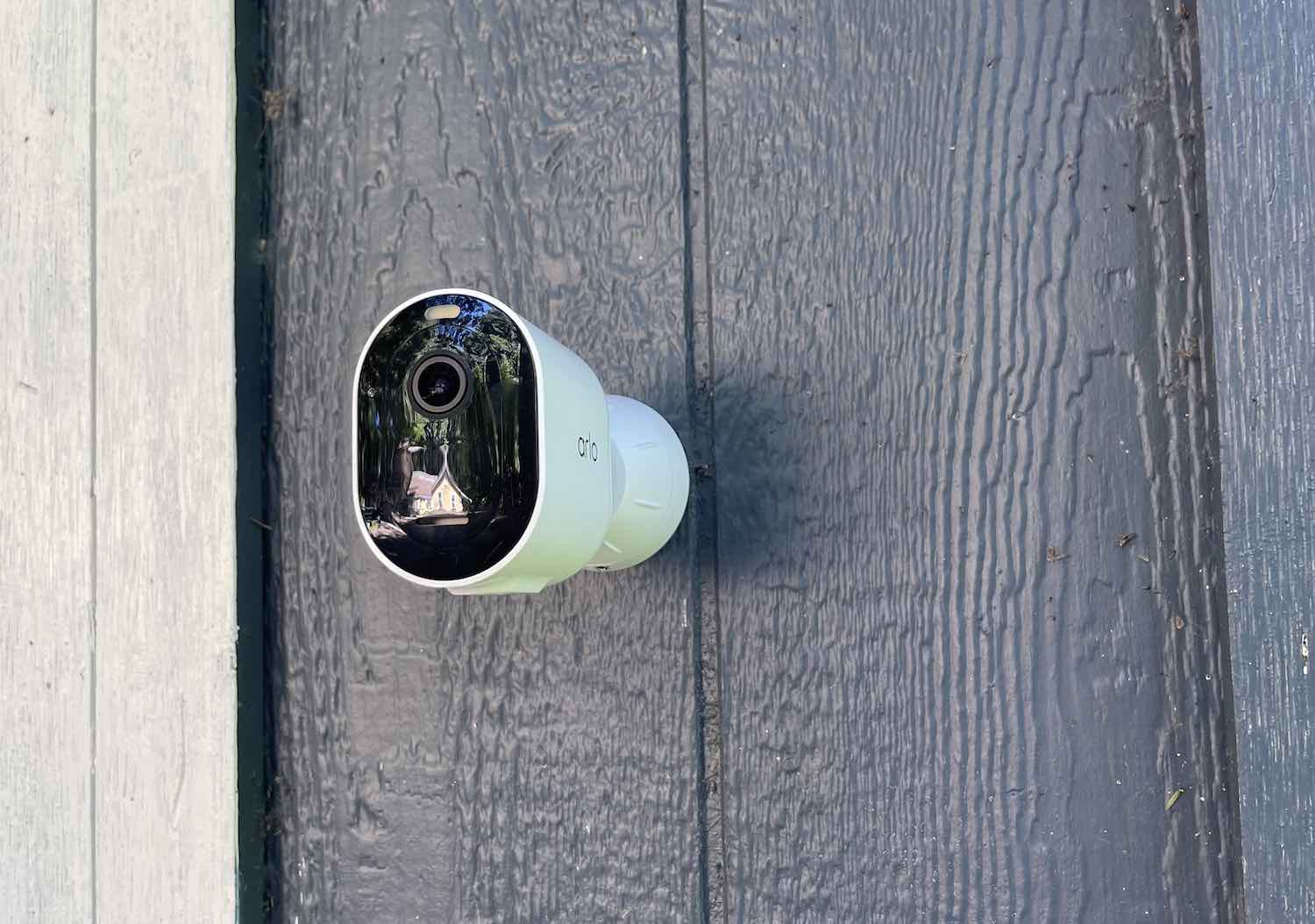Choosing the Right Action Camera for Night Photography
When it comes to capturing stunning night photographs with an action camera, selecting the right device is crucial. Not all action cameras are created equal, especially when it comes to low-light performance. Here are some key factors to consider when choosing an action camera for night photography:
- Low Light Performance: Look for action cameras with larger image sensors, as they tend to perform better in low-light conditions. A larger sensor allows the camera to capture more light, resulting in clearer and less noisy night shots.
- Aperture Size: A wider aperture allows more light to enter the camera, which is essential for night photography. Consider action cameras with fast lenses (lower f-stop numbers) to ensure better light sensitivity in low-light environments.
- ISO Range: A higher ISO range enables the camera to capture more light in dark settings. When shooting at night, having the flexibility to increase the ISO can significantly improve the camera’s performance in low-light conditions.
- Noise Reduction Technology: Some action cameras are equipped with advanced noise reduction technology, which can help minimize graininess in night photos. This feature is particularly valuable when shooting in challenging lighting situations.
- Long Exposure Capabilities: Look for action cameras that offer long exposure settings, as this feature is essential for capturing clear and detailed night scenes. The ability to manually control exposure settings allows for greater creative freedom in low-light environments.
By carefully considering these factors, you can select an action camera that is well-suited for night photography, enabling you to capture stunning images even in the absence of ample lighting.
Understanding Night Photography Settings
Mastering the settings of your action camera is essential for achieving remarkable night photography results. Here are the key settings to focus on when capturing images in low-light conditions:
- Shutter Speed: In night photography, using a slower shutter speed allows more light to reach the camera’s sensor, resulting in brighter images. However, it’s crucial to find the right balance, as excessively slow shutter speeds can introduce motion blur. Experiment with different shutter speeds to achieve the desired level of brightness while maintaining sharpness.
- Aperture: Adjusting the aperture of your action camera’s lens can significantly impact the outcome of night shots. A wider aperture (lower f-stop) permits more light to enter the camera, enhancing the overall brightness of the image. Keep in mind that altering the aperture also affects the depth of field, so consider the desired focus and background blur when making adjustments.
- ISO Sensitivity: Increasing the ISO sensitivity of your action camera amplifies its light-gathering capability, making it ideal for low-light photography. However, higher ISO settings can introduce digital noise, affecting the image’s clarity. Find the optimal balance between ISO and noise levels to produce well-exposed and sharp night photographs.
- White Balance: Adjusting the white balance setting is crucial for accurately representing the colors in your night shots. Different light sources at night may cast varying color temperatures, leading to color casts in your images. By manually setting the white balance or using presets, you can ensure that the colors in your night photographs appear natural and true to life.
- Exposure Compensation: Utilize exposure compensation to fine-tune the brightness of your night photos. This setting allows you to override the camera’s automatic exposure and adjust the brightness levels based on your creative vision. Experiment with exposure compensation to achieve the desired lighting and mood in your night photography.
Understanding and effectively manipulating these settings empowers you to capture captivating night photographs with your action camera, showcasing the beauty of nocturnal scenes in stunning detail.
Using Additional Lighting for Better Results
While action cameras are designed to perform well in various lighting conditions, incorporating additional lighting can significantly enhance the quality of your night photography. Here are some effective techniques for leveraging supplementary lighting to elevate your nighttime shots:
- External LED Lights: Attaching external LED lights to your action camera can illuminate the scene, providing enhanced visibility and clarity in low-light environments. These portable lights come in various intensities and color temperatures, allowing you to customize the lighting to suit your creative vision.
- Light Painting: Engage in light painting techniques to add a captivating and artistic touch to your night photographs. By using handheld light sources, such as flashlights or colored LEDs, you can selectively illuminate elements within the frame, creating mesmerizing light trails and highlighting specific details in the scene.
- Diffused Lighting: Employ diffusers or softboxes to soften the intensity of external light sources, resulting in a more natural and evenly distributed illumination. Diffused lighting helps mitigate harsh shadows and reduces the risk of overexposure, contributing to balanced and visually appealing night photographs.
- Reflective Surfaces: Utilize reflective surfaces, such as mirrors or metallic objects, to redirect and amplify existing light sources in the environment. By strategically positioning reflective elements, you can effectively manipulate the available light, adding depth and dimension to your night photography compositions.
- Light Modifiers: Experiment with light modifiers, such as gels and filters, to alter the color and intensity of artificial lighting, allowing for creative expression and mood enhancement in your night photographs. These accessories enable you to infuse your images with unique and captivating lighting effects.
By integrating additional lighting techniques into your night photography endeavors, you can elevate the visual impact of your action camera’s captures, unveiling the mesmerizing allure of nocturnal landscapes and subjects with enhanced brilliance and clarity.
Tips for Composition and Framing at Night
Effective composition and framing play a pivotal role in capturing compelling and visually striking night photographs with an action camera. Consider the following tips to optimize your composition and framing when shooting in low-light conditions:
- Utilize Leading Lines: Incorporate leading lines, such as roads, paths, or architectural elements, to guide the viewer’s gaze through the nocturnal scene. Leading lines add depth and visual interest to your compositions, drawing attention to key elements within the frame.
- Embrace Negative Space: Emphasize the contrast between light and dark areas by leveraging negative space in your night photography. Allowing areas of darkness to coexist with illuminated subjects can create a captivating visual balance, evoking a sense of mystery and intrigue.
- Experiment with Silhouettes: Leverage the contrast between dark silhouettes and bright backgrounds to create dramatic and evocative night photographs. Position subjects against sources of light to outline their distinctive shapes, adding a sense of drama and allure to your compositions.
- Incorporate Reflections: Seek out reflective surfaces, such as water bodies or polished urban landscapes, to capture mesmerizing reflections of ambient light sources. Utilizing reflections can enrich your night photographs with symmetry and visual intricacy, adding depth and allure to the imagery.
- Balance Light Sources: When composing night shots, consider the interplay of artificial and natural light sources in the environment. Strive to achieve a harmonious balance between different light elements, such as street lamps, neon signs, or the moon, to create visually captivating and dynamic compositions.
By implementing these composition and framing techniques, you can infuse your night photography with artistic flair and narrative depth, capturing the enigmatic beauty of nocturnal scenes with your action camera.
Post-Processing Techniques for Night Photos
After capturing night photos with your action camera, employing effective post-processing techniques can elevate the visual impact and overall quality of your images. Here are essential post-processing considerations for enhancing your night photographs:
- Noise Reduction: Given the inherent challenges of low-light photography, noise reduction is a crucial step in post-processing. Utilize software tools to reduce digital noise while preserving image details, resulting in cleaner and more refined night photographs.
- Exposure Adjustment: Fine-tune the exposure of your night photos during post-processing to achieve optimal brightness and contrast. Adjusting exposure levels can help bring out intricate details and ensure that the overall tonal range of the image is well-balanced.
- White Balance Correction: Correct any color casts or temperature inconsistencies in your night photographs by adjusting the white balance during post-processing. This step ensures that the colors in your images appear natural and true to the nocturnal ambiance you captured.
- Sharpening and Clarity Enhancement: Enhance the sharpness and clarity of your night photos to accentuate fine details and textures. Carefully apply sharpening techniques to refine the overall visual impact of the image without introducing artifacts or unnatural effects.
- Selective Dodging and Burning: Employ selective dodging and burning techniques to subtly manipulate the light and shadow areas within your night photographs. This method allows you to emphasize specific elements and create a more nuanced and captivating visual narrative.
By skillfully applying these post-processing techniques, you can transform your raw night photographs into polished and visually compelling works of art, showcasing the captivating allure of nocturnal scenes captured with your action camera.







